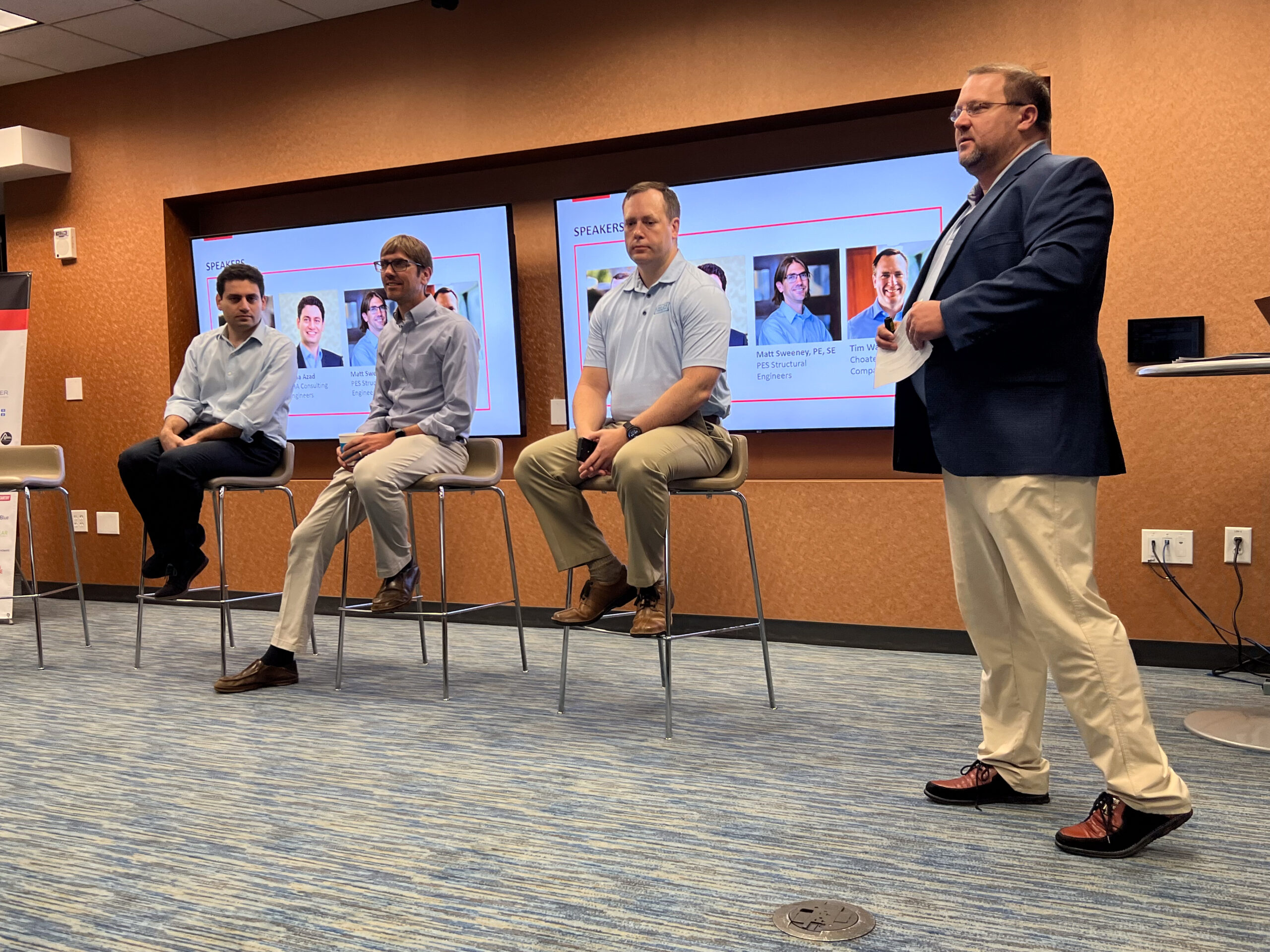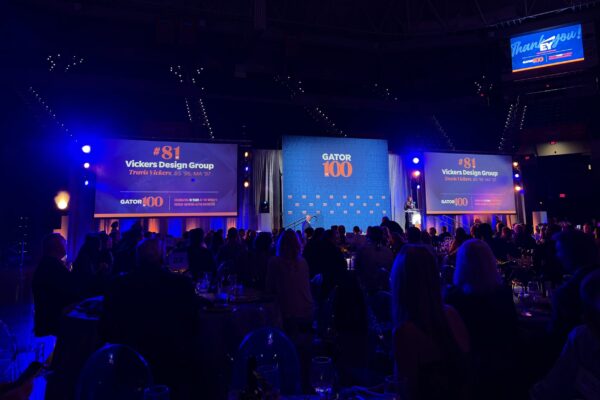
Technology in the AEC Industry: AIA Panel
Vickers Design Group |In the world of Architecture, Engineering, and Construction, change is constant. As technology continues to evolve, it reshapes the way that professionals in these industries approach their day-to-day work. Our Technical Director, Bryan Schroeder, moderated AIA Atlanta’s May roundtable discussion. Here, panelists explored technology in the AEC industry and its impact on collaboration, growth, and future plans.
“Technology has played a huge role in my career and has been very near and dear to my heart. When the housing downturn hit and nobody was really hiring, I decided to reinvent myself. I became a consultant in BIM management and Revit training, leading me to working at an engineering firm as an in-house BIM manager. Then, I worked as the Director of VDC at an architecture firm where I managed the implementation and training for over 200 BIM and CAD users. Now, at Vickers Design Group, I spearhead our technology training, implementations, and QA/QC processes,” says Bryan
During the discussion, Bryan expertly guided the conversation, delving into the perspectives of key industry players. The panel included Digital Design Manager Matt Sweeney from PES Structural Engineers, BIM/VDC Project Manager Nima Azad from AHA Consulting Engineers, and Senior VDC Manager Tim Watson from Choate Construction.
From architectural design to structural and mechanical engineering, and construction management, the panelists provided their unique perspectives on the impact of technological integration, and how tools such as Building Information Modeling (BIM), Matterport scans, artificial intelligence, and digital collaboration platforms have revolutionized workflows. They discussed how laser scanning, drones, robotics, and photo documentation platforms have helped simplify tasks and expand service offerings. What was once considered cutting-edge technology is now a routine part of their toolkit.
Beyond streamlining tasks, technology has also become essential for communication, safety, and quality control efforts. Instant file sharing and syncing ensure that everyone involved in a project has access to the most up-to-date information. This ease of information sharing promotes collaboration and keeps projects on track. Technology has also transformed the client experience. Advanced visualization tools simplify complex concepts and enhance understanding. These tools improve communication between stakeholders, fostering trust and facilitating smoother project delivery.
Automation, driven by AI, has further optimized processes, taking the tedium out of tasks such as meeting note transcription and information gathering. By freeing up time and resources, these professionals can focus on the initiatives that actually drive project success.
As technology in the AEC industry continues to evolve, professionals across the industry must be willing to embrace change. The panelists emphasized the importance of cross-disciplinary collaboration, highlighting how sharing perspectives and ideas fosters innovation and continues to drive the industry forward.


